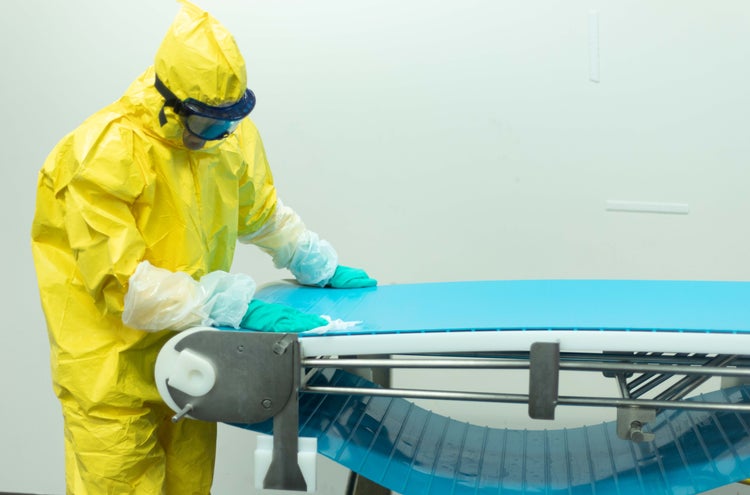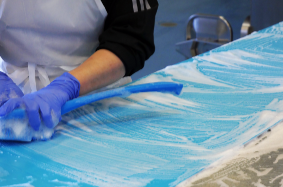The Environmental Impact of Sanitation Strategies

Earth Day is an annual event to increase general community awareness of environmental challenges the world faces.
The first Earth Day was April 22, 1970, and I remember it quite well.
It was a beautiful spring day on my college campus in Pennsylvania, and there was a large display of rusty chemical drums and explanations of the risks of lead in gasoline, gas-guzzling cars, polluted water and industrial pollution of the air and water. With the general population and industry working as advocates, the environment is much cleaner today. But there are still concerns and more we can do, especially in sanitation.
There are some small and large steps that bakers can take to mitigate our impact on the planet, starting with water. Reducing the amount of water used for cleaning equipment and infrastructure does not only help to conserve it but also may reduce microbial contamination. In addition to reducing water, we must also consider what we allow to go down the drain. These byproducts of sanitation increase the Biological Oxidation Demand (BOD) of a plant’s wastewater discharge and the hydraulic load.
Water is one of the resources we can protect while improving quality and food safety. Let’s start today.
Some of the bakeries I have visited during the past few years are transitioning to more dry cleaning than wet. In doing so, they are seeing a reduction of the environmental Listeria and other microbial indicators. In some cases, when less water was used for equipment cleaning, there was also a reduction in mold count and consumer complaints for moldy products. I have been quoted numerous times when I say, “Dry is good, dry and dryer is better, while dry, dryer and dryer yet is best.”
To avoid “water brooming,” dry pick-up tools like scrappers, shovels and brooms will reduce not only the amount of water used but also the number of solids going to the drain and effluents. Teams need to be trained on these methods. The sanitation lead should also explain the reasons to use less water and do more dry cleaning. There may be numerous reasons, and sanitors might relate more to one than another.
Some equipment in a plant may have been wet cleaned for years without anyone ever questioning the rationale. It may be possible to dry clean equipment some of the time and wet clean it only periodically. For example, we worked with bakeries wet cleaning their ambient spiral on a weekly basis even though the type of soil did not justify a full washdown weekly. After questioning the rationale, the bakeries began dry cleaning weekly and wet cleaning monthly. They saw a reduction in the cleaning time, water usage and mold complaints. It took some effort to explain the reasons and coach the sanitors, but it paid off.
Water is one of the resources we can protect while improving quality and food safety. Let’s start today.
Joe Stout, Baking & Snack contributing editor and president of Commercial Food Sanitation (CFS).




